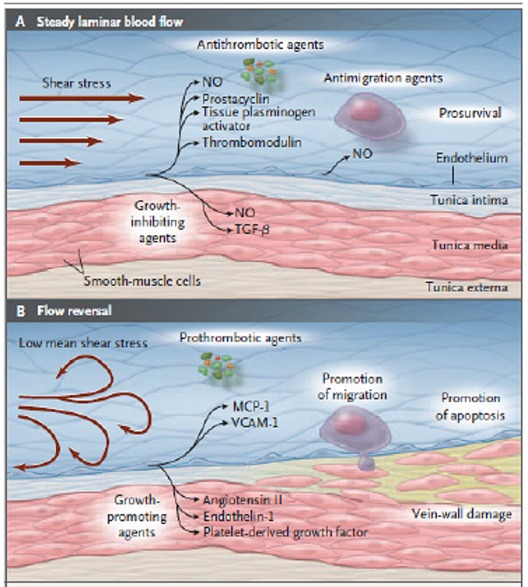Changes in venous anatomy associated with sustained venous insufficiency in Sturge-Weber disease (Csaba Juhasz, USA)
Ok, looking up Sturge Weber disease again.
http://www.sturge-weber.org/about-sws/c ... drome.html
It affects the brain and eyes. An overabundance of capillaries make for a port wine stain on the face, and excessive blood vessel growth on the surface of the brain lead to neurological issues.
Here's a picture of Dr. Csaba Juhasz. He's at Wayne State University. I like him already for his name alone.
http://www.neurology.med.wayne.edu/depa ... p?id=42219
Dr. Juhász’s research interests are in functional and structural neuroimaging of epilepsy, brain tumors and developmental brain disorders, with a particular interest in the pathophysiology and progression of Sturge-Weber syndrome. He performed extensive research applying multimodal neuroimaging, combining magnetic resonance imaging techniques with PET imaging using various radiotracers to measure brain glucose metabolism, benzodiazepine receptor binding and tryptophan metabolism. He has also combined these techniques with EEG to improve localization of epileptic foci in patients with medically uncontrolled epilepsy and provides multimodal imaging support to the pediatric epilepsy surgery program at CHM. Dr. Juhász is the principal investigator of several grant projects funded by the National Institutes of Health to study progression of brain structural and functional abnormalities in Sturge-Weber syndrome and to explore the clinical use of tryptophan PET imaging in the detection and monitoring of brain tumors and extracerebral cancers
Could we do PET imaging using radiotracers to measure brain glucose metabolism in CCSVI? If there were changes from before CCSVI treatment compared to after CCSVI treatment, that might be relevant.
It might only be of use in the study of epilepsy, I don't know?
http://www.ncbi.nlm.nih.gov/pmc/articles/PMC557957/
Oh, this is interesting:
http://sturgeweber.kennedykrieger.org/c ... search.jsp
This work demonstrated that perfusion MR deficits correlate with the severity of neurologic impairment in SWS indicating that it will likely be useful for tracking response to treatment in a clinical trial and neurologic progression.
http://www.ncbi.nlm.nih.gov/pubmed/16786573
In SWS, PWI indicates cerebral hypoperfusion predominantly due to impaired venous drainage, with only the most severely affected regions in some patients also showing arterial perfusion deficiency. The extent and severity of the perfusion abnormality and neuronal loss/dysfunction reflect the severity of neurological symptoms and disability, and the highest correlation is found with the degree of hemiparesis.
What's that? Impaired venous drainage can lead to cerebral hypoperfusion, and the extent of the hypoperfusion will reflect the severity of neurological symptoms? That is very relevant to what we are seeing in CCSVI.
http://www.ncbi.nlm.nih.gov/pubmed/18056693
Decreased arterial flow velocity and increased pulsatility index in the middle cerebral artery and posterior cerebral artery suggests a high resistance pattern that may reflect venous stasis and may contribute to chronic hypoperfusion of brain tissue.
http://www.ncbi.nlm.nih.gov/pubmed/14561628
We report the case of a 9-month-old boy with Sturge-Weber syndrome and new onset of seizure. Perfusion MR imaging showed early changes compatible with impaired venous drainage in the affected hemisphere, whereas proton MR spectroscopic imaging revealed a focal parietal area of elevated choline without significant alteration of N-acetylaspartate levels.
Again, impaired venous drainage.
Fibronectin, which is critical in angiogenesis and blood vessel development, is abnormally expressed in Sturge-Weber syndrome; in CCSVI, fibronectin is presumably normal.
Boston Urine Testing
The purpose of this study is to determine if urine vascular factors in SWS can help us understand more about the pathogenesis of SWS and whether it can be used to monitor response to treatment or predict outcome.
This study is measuring blood vessel factors in the urine of individuals with Sturge-Weber syndrome in collaboration with the laboratory of Dr. Marsha Moses. Urine vascular biomarkers have been developed for other vascular malformations to monitor response to treatment or predict disease severity and we are working on similar progress with Sturge-Weber syndrome.
Could urine vascular biomarkers be found for CCSVI?


